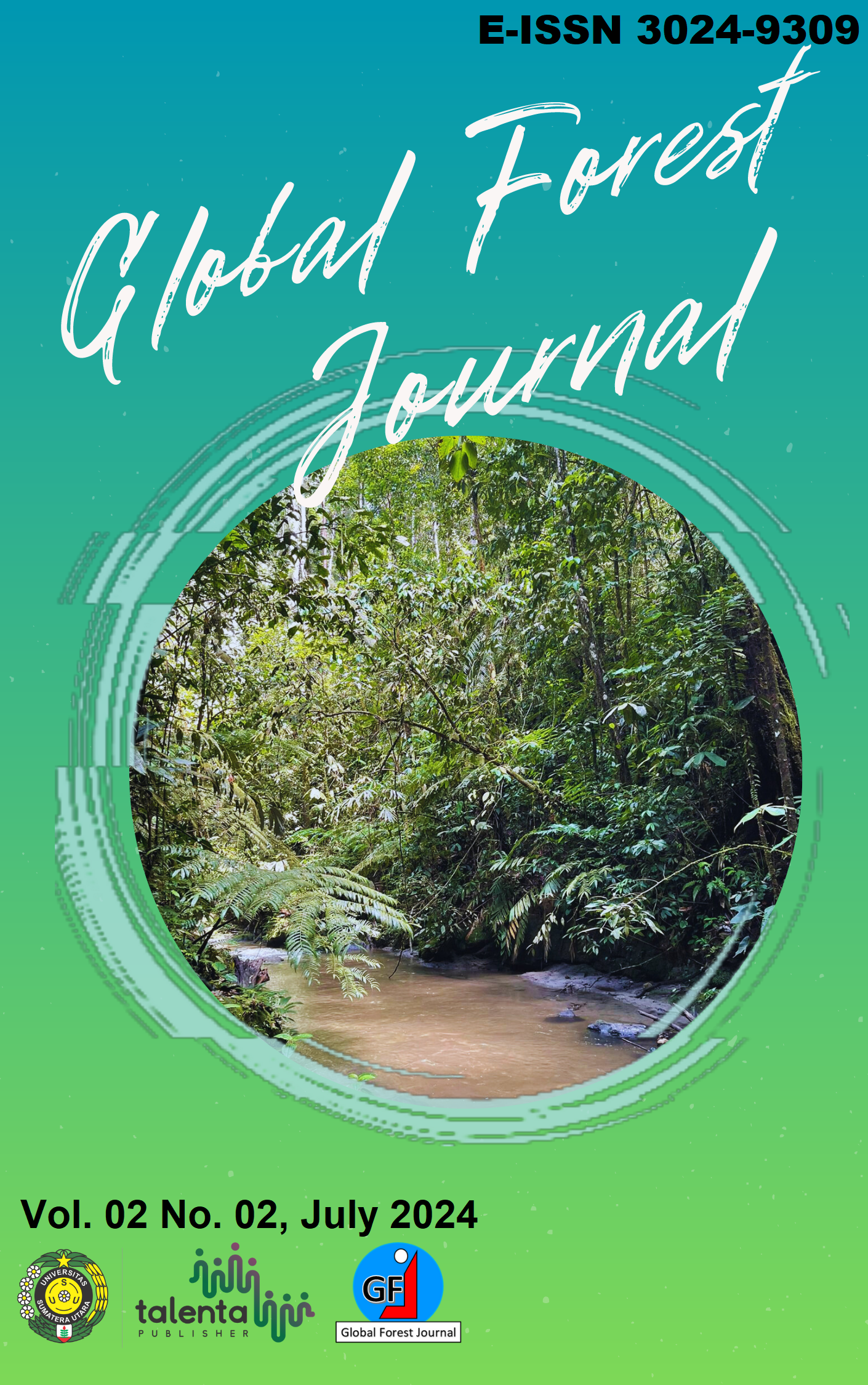The effect of the feed rate and revolutions of the cutting tool on the amounts of created chips in dust and respirable sizes from milling particleboards, and medium-density fibreboards
DOI:
https://doi.org/10.32734/gfj.v2i02.16735Keywords:
Average Chip Thickness, Laser analysis, Respirable size, Wood-based Materials, Wood DustAbstract
The CNC finish milling of wood-based materials creates chips in a wide size range, where considerable amounts were found even below <10.0μm. The presented article studied the effect of technological variables on determined amounts of chips in dust sizes and respirable range from medium-density fibreboards (MDF) and particleboards (PTCB). The materials were milled at a constant width of cut (ae) by 1mm, with the feed speed (vf) in the range of 6, 8, 10, and 12m·min-1, and with revolutions of the cutting tool (n) in the range of 16,000; 18,000; and 20,000revs·min-1. In dust size, we cover chips in the size range below <0.125mm, and respirable size below <10.0μm. The dust sizes from collected chip samples were determined by sieve analysis with pre-defined mesh sizes by weighting the retained mass on specific sieves and with the laser analysis we estimated the amounts of chips in sizes <10.0μm. The number of chips in the dust size ranged for MDF by 34.7-40.8w% and in PTCB by 38.1-54.7w%. Amount of chips in respirable size for MDF by 0.01-18% and for PTCB by 0.01-4.5% of the total mass volume. Increasing the (vf) from 6 to 12m/min significantly lowered amounts of Fine and chips in respirable size (p<0.05) in PTCB, no matter on adjusted cutting tool (n). In MDF such effect was observed only with (n) 20000revs/min for respirable sizes.
Downloads
Downloads
Published
Issue
Section
License
Copyright (c) 2024 Global Forest Journal

This work is licensed under a Creative Commons Attribution-ShareAlike 4.0 International License.












